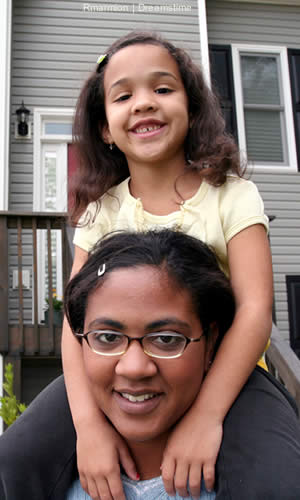To learn more on this subject, please see: Nonprofit Versus For-profit Websites.
Charity Website Design

One could throw a (virtual) dart at any Google listing for a developer who specializes in charity website design, and nearly all the results will claim to offer such a specialty—just like they would be quick to proclaim they can design for a clothing shop, real estate firm, or widget manufacturer. You know, it’s “just business,” right?
Wrong. Our services are only for charitable nonprofit organizations.
So, what types of charity organizations have we designed for?
From homeless health care to child development; HIV/AIDS services and education to housing and legal for the poor; environmental awareness to college entry preparation assistance. We also partner with domestic violence centers, harm reduction education and grief counseling, medical and technical education centers and services, children & immigrant services, and more. And most of these charity groups have been small to medium in size, with very limited budgets. (Yet, somehow, we almost always find a solution to meet the client’s budget and expectations!)
Dot Org Web Works Partners only with charitable nonprofit organizations. And we’ve been doing so since 2000.
As pointed out in About Us, affordable and easy-to-use charity website design and development is what DOWW does. That, and web presence upkeep for charity webs*. Our philosophy is that to do our best work, we must fully embrace our partners’ service, mission, and product. Charity website design and development is our passion—the nonprofit sector is our community. Like you, we are tasked with helping to make our world a better place.
Charity Website Design versus Commercial: The differences can be vast.
Yes, there is a difference! That said, charitable nonprofit websites do share some primary goals with their commercial counterpart. Both should be:
- well branded
- appealing and user-friendly
- able to generate interest in the organization’s product
But where the separation occurs is that the commercial website targets the purchaser of the item—who is almost always (except for gift items) the end-user of the purchase. Therefore, when one is creating for the for-profit arena, they are speaking to that one audience: the purchaser/end-user.
But, the charity website generally speaks to 2 groups—usually divided equally.
One message is for the product purchaser (i.e., the donor of the item or service), and the other is for the receiver of the item or service (i.e., the group in need of the thing—the client). And this sort of dual-branding can be a challenge.
In short, the charity website’s end-user—the client (e.g., patient or victim of poverty and/or circumstances), “user experience” (UE/UX) will not be buyer’s satisfaction or even return on social investment (ROsI). It will be on when, where, and how to obtain the product/service and how quickly they can access it. (This is also important to the buyer/funder who considers the overall user experience for clients as a reasonable ROsI.)
However, the donor to the charity’s website will likely need a different approach. And that’s where Dot Org Web Works shines.
* Sorry, we do not work on political or religious causes.









